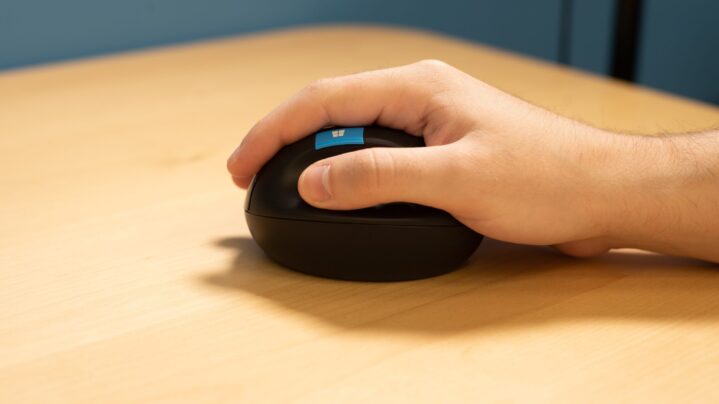Wrist pain is a productivity killer. If you spend hours working on your Windows PC—coding, editing, browsing, or managing tasks—your mouse becomes more than just a tool. It directly affects your comfort, performance, and health. I’ve tested a fair share of tech gear over the years, and the truth is simple: using the wrong mouse can wreck your wrist and slow you down.
In this article, you’ll get a full breakdown of what makes an ergonomic mouse worth it, which models are actually designed to reduce strain, and how to choose the right one for your work setup. I’m not here to pitch gimmicks. Just real advice, from one tech-savvy guy to another.
Key Highlights
- Ergonomic mice reduce wrist pain caused by traditional flat mice.
- Vertical designs promote a natural hand position for less strain.
- Good ergonomic mice should be customizable, responsive, and reliable.
- Certain models are built specifically for Windows users with full driver compatibility.
- Comfort and productivity go hand in hand—switching your mouse is a smart upgrade.
Why Your Regular Mouse Might Be Hurting You
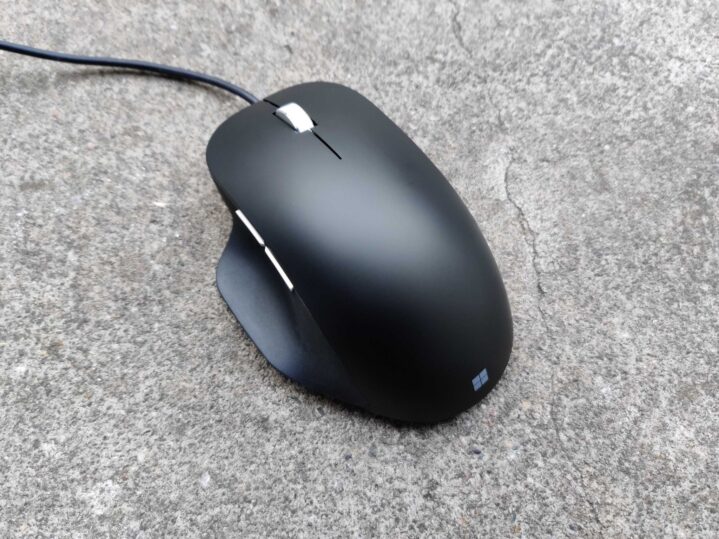
You probably don’t think twice about your mouse—until your wrist starts aching. Standard mice force your hand into a pronated position. That means your palm faces downward for hours. Over time, that posture compresses nerves, puts stress on tendons, and leads to conditions like carpal tunnel syndrome.
Add fast-paced workdays, gaming marathons, or late-night editing sessions into the mix, and it’s a recipe for pain. The good news? You don’t have to wait for serious damage before switching to a better design.
An ergonomic mouse helps you avoid strain by encouraging a handshake-like grip. That one shift alone can save your wrist from long-term issues.
Choosing an Ergonomic Mouse That Works on Windows
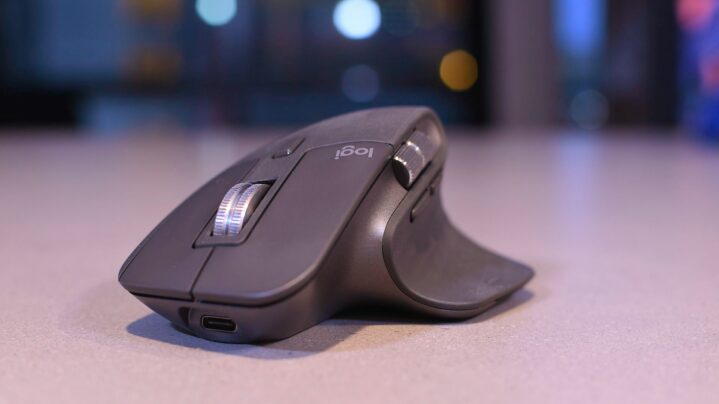
Not all ergonomic mice work equally well on Windows machines. Some rely heavily on third-party drivers, and others offer limited button customization outside of macOS. As a Windows user, you want plug-and-play compatibility, stable performance, and smart ergonomics built into the design—not a headache of software workarounds.
When browsing, you need to look for:
- Native support for Windows 10/11
- USB or wireless receivers that don’t require constant re-pairing
- Adjustable DPI settings for pointer speed
- A grip style that suits your hand size and daily usage
The Lekvey Ergonomic Mouse checks these boxes. It offers a vertical design that immediately improves wrist posture. It’s built for right-handed use, features 6 buttons for added control, and comes with a rechargeable battery—no wasteful AA batteries required.
This mouse isn’t about bells and whistles. It’s about core comfort and functionality. And for a sub-$30 tool, it punches far above its weight.
What Makes a Mouse Truly Ergonomic?
Design alone doesn’t make a mouse ergonomic. Real ergonomics come down to how your hand rests and moves. It needs to support your palm, let your fingers click without overextension, and reduce pressure on your wrist.
Here’s what I look for when testing ergonomic mice:
- Angle of grip: The closer it is to a handshake, the better.
- Weight distribution: It should be heavy enough to stay steady, but not tiring.
- Button placement: Buttons should be reachable without finger stress.
- Surface texture: A matte, slightly textured surface helps avoid sweaty palms.
- Wireless or wired: Wireless gives more flexibility, but needs reliable connectivity.
- Rechargeable or needs aa batteries: Rechargeable is more convenient.
The Lekvey model handles these details well. Its sloped body supports your palm naturally, and its scroll wheel and side buttons are within easy reach. The DPI switch on top makes it simple to adjust speed without digging into settings.
Performance Testing: What To Expect in Daily Use
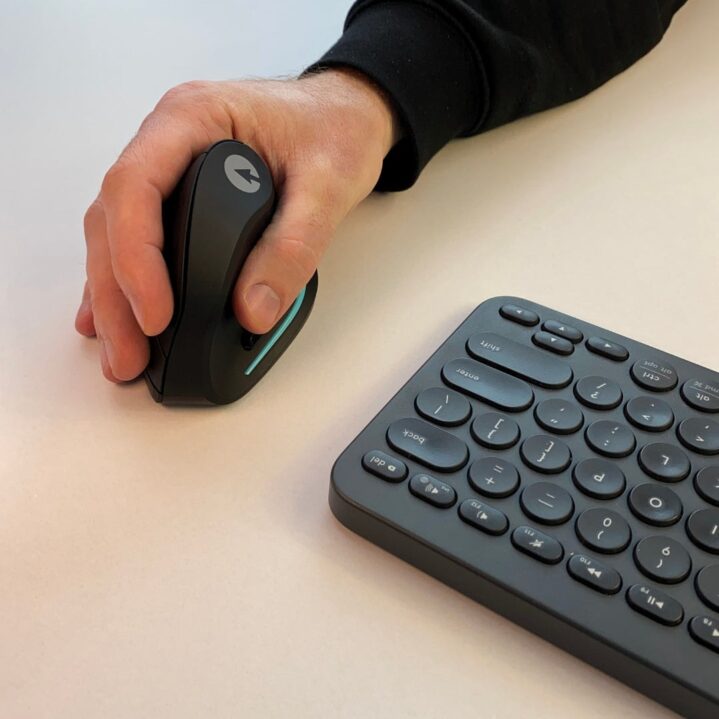
I used my mouse across several workdays and ran it through browser sessions, spreadsheet work, and photo editing tasks. It stayed smooth, responsive, and comfortable throughout.
Here’s what I noticed:
- The vertical grip took about 15 minutes to adjust to. After that, it felt intuitive.
- My wrist stayed more relaxed. I stopped shifting around trying to find a comfortable angle.
- Cursor precision was solid. No jitter, no random pointer skips.
- The battery lasted the full workweek before needing a recharge.
Is it perfect? Not quite. The buttons are slightly stiffer than those on higher-end models like Logitech’s MX Vertical. But for the price, that’s an easy trade-off. What matters more is that it reduced tension in my forearm, even on longer days.
Comparing Vertical Mice vs. Traditional Mice
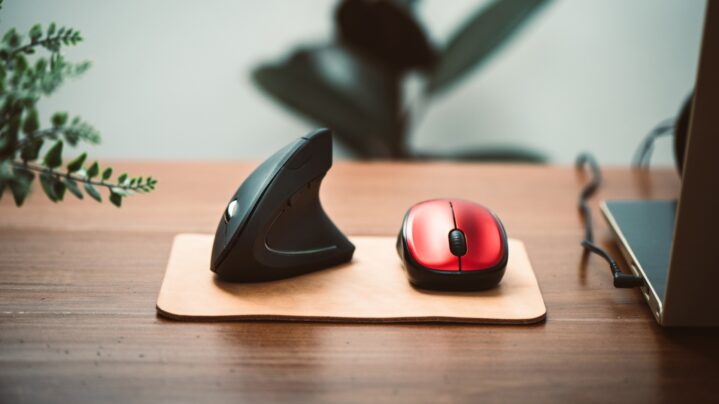
If you’re still wondering whether the vertical style is right for you, here’s a breakdown of key differences:
| Feature | Traditional Mouse | Vertical Ergonomic Mouse |
| Hand Position | Palm down (pronated) | Natural handshake posture |
| Wrist Pressure | High over long hours | Low, distributes more evenly |
| Learning Curve | None | Short adjustment period |
| Precision | Varies by model | Varies by model |
| Long-Term Comfort | Often poor | Designed for extended use |
Once you adjust to a vertical mouse, going back feels awkward. You’ll notice how much you were overextending your wrist before.
Why We Recommend Lekvey Ergonomic Mouse
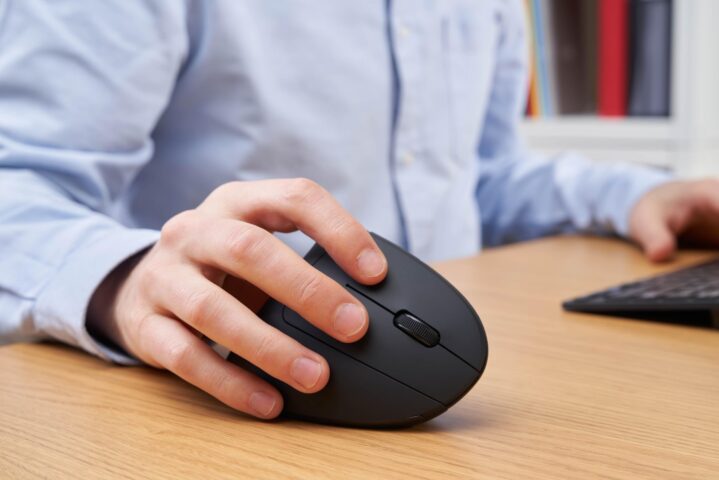
The Lekvey affordable mouse stands out for its comfort and distinctive design, all at a budget price.
Despite Lekvey ergonomic mouse’s unique appearance, it’s among the most user-friendly ergonomic products we’ve tested. The design features an ergonomic shape that provides a natural fit. The 58° angle is perfectly crafted to maintain a comfortable wrist position and ideal finger alignment for precise mouse clicks.
Pros:
- Affordable price point
- Comfortable ergonomic shape
- Excellent build quality
- Adjustable DPI settings for pointer speed
- Rechargeable
Cons:
- Might be too large for smaller hands
- Limited software customization
Who else recommends it?
1: RTINGS, PCMag, and more tech publications all consider the Lekvey ergonomic mouse a great choice for its ergonomic strengths.
2: Many YouTubers like the Lekvey ergonomic for its unique design and impressive price point.
What do buyers think?
Of the over 3,500+ Amazon buyer reviews, 70 percent of shoppers give this mouse 5 out of 5 stars. Buyers like the unique design and build quality.
Other Solid Options for Windows Users
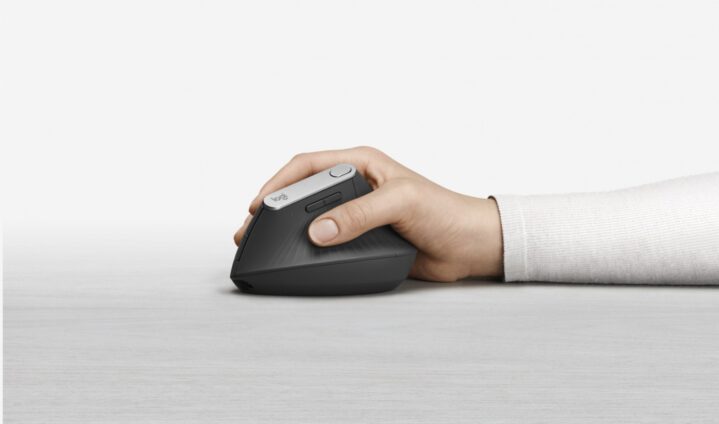
If you want to explore beyond the Lekvey, here are a few other solid choices for different budgets and hand sizes:
- Logitech MX Vertical – Premium feel, excellent software, ideal for pro users
- Lenovo Vertical Mouse – Basic but reliable, 45-degree angle grip
- Delux Ergonomic Mouse – Extra thumb support and RGB features for added comfort
Each model caters to a specific user type. If you’re just starting out or want a budget-friendly choice that delivers results, the Lekvey is still the strongest entry point.
Practical Tips for Long-Term Comfort
Switching to an ergonomic mouse is a strong first move. But pairing it with good desk habits makes all the difference. Here’s what I recommend:
- Use a gel wrist rest or soft mouse pad for added support
- Keep your elbow bent at about 90 degrees, not extended outward
- Position your screen at eye level to avoid leaning
- Take short hand breaks every 30–45 minutes
- Stretch your fingers and rotate your wrists to relieve tension
These small steps keep your hand, wrist, and shoulder in better shape—especially during long computer sessions.
Final Thoughts
Upgrading to an ergonomic mouse is not just a luxury—it’s a move toward sustainable productivity. If you’re spending 6 to 10 hours a day on a PC, wrist health should not be an afterthought. The best ergonomic mouses prove you don’t need to spend a fortune to protect your hands and boost your performance.
You’ll feel the change after just a few days. Less strain, more control, better posture. And once you make that switch, you won’t want to go back.
Smart gear leads to smart habits. Start with your mouse.
